How a Pack Rat Created a Place for Flathead’s History
“The museum’s purpose is to discover, memorialize, preserve and protect the history and culture of the Flathead Reservation and early Montana…”—Mission Statement for Ninepipes Museum
In his cowboy hat and suspenders and with a wide, easy, and open smile, Bud Cheff is a storyteller, and like all good stories, the tale of the Ninepipes has to start at the beginning.
Some people fall in love with their jobs. Others fall in love with their houses or maybe a hobby. Perhaps their car.
From all accounts, Bud Cheff, Jr. fell in love with Montana from the moment he arrived on the planet, and ever since the age of nine, he’s been doing everything he can to save and preserve its artifacts, treasures, and history for generations to come.
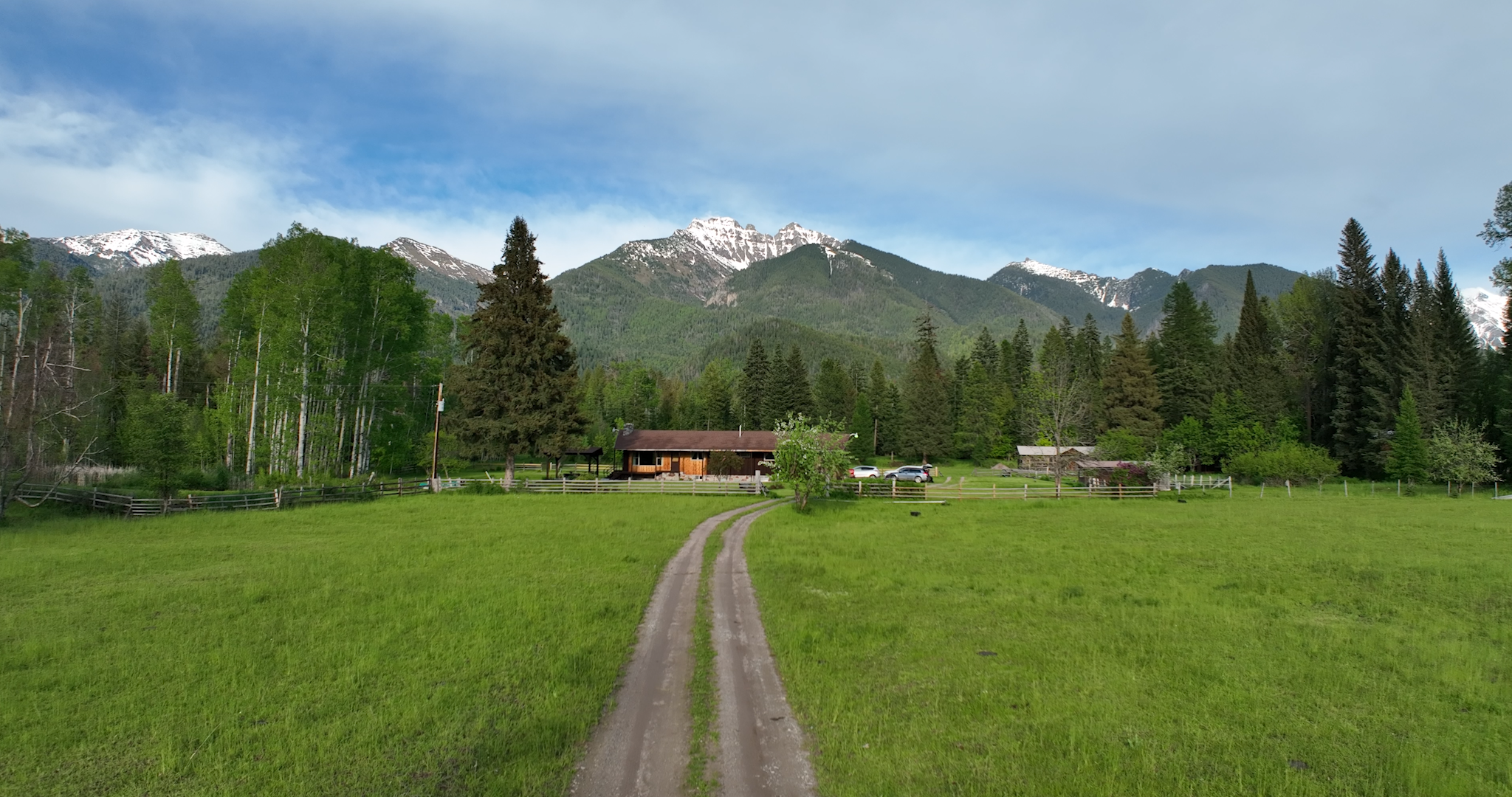
In his cowboy hat and suspenders and with a wide, easy, and open smile, Bud Cheff is a storyteller, and like all good stories, the tale of the Ninepipes has to start at the beginning.
It all started with an unexpected detour.
“We had a flat tired in Bad Rock Canyon, and this was in ’46, I believe,” Bud says. “And Dad was changin’ the tire, and my sister and I had come up, and we found this crevice—like a cave, back in quite a ways. And in it was a pack rat nest. My sister seen the handle of the war club sticking out of the sticks and all this stuff in the nest. We were pretty excited about it. We could just imagine the fightin’ and all the stuff going on there. And it got me started. I started collecting…I became a packrat.” He grins.
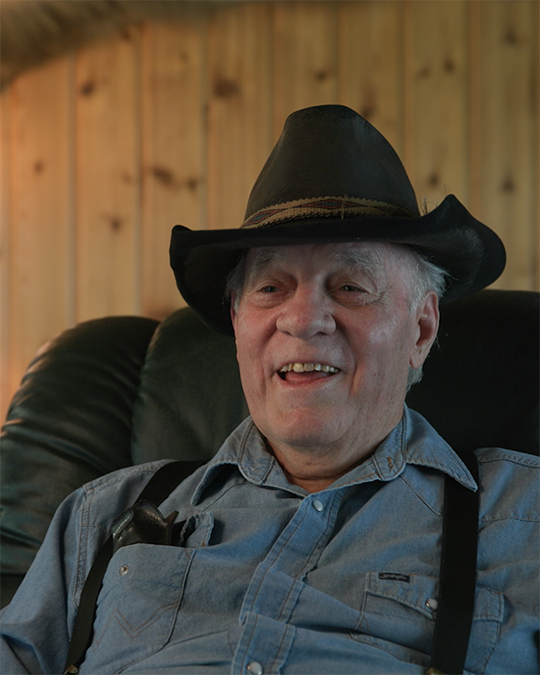 From that point on, he was hooked. Bud started collecting whatever artifacts he could find to memorialize the Flathead reservation and culture, collecting images, photos, art, beadwork, arrowheads, furs, skins, and animal skulls. And in 1997, Bud and his wife Laurel (a painter in her own right) opened the Ninepipes Museum of Early Montana.
From that point on, he was hooked. Bud started collecting whatever artifacts he could find to memorialize the Flathead reservation and culture, collecting images, photos, art, beadwork, arrowheads, furs, skins, and animal skulls. And in 1997, Bud and his wife Laurel (a painter in her own right) opened the Ninepipes Museum of Early Montana.
“Well, I guess just because I wanted a place to keep everything I had. We had our house full,” he chuckles.
But his daughter, museum Executive Director Jo Cheff, won’t let her father and his storytelling make too much light of his accomplishments.
“As he was collecting, he noticed how much of Montana history—and especially the Native history—was going out of state and overseas, as far as artifacts went,” she says. “And that really bothered him. He wanted to see it stay here, where people could enjoy it, and it could be part of their heritage.”
For Bud, the history of Flathead is as much his own. His family—French and Iroquois—moved to Montana in the 1800s from Ontario. In 1907, his grandparents settled on the Flathead Reservation, befriending the nearby tribal families. Bud’s father often hunted with them, even picking up the local Pend’ Oreille language. In 1936, Bud was born in his grandparent’s log house “with a foot in both cultures.”
Bud’s respect, love, and commitment to preserving the Flathead’s history and indigenous heritage grew stronger. When the museum was opened—a log-faced building set against a stunning backdrop of snowy mountains—he named it after respected Bitterroot Salish leader, Chief Joseph (Nganta) Ninepipes (1820-1871).
“People from the Blackfeet Reservation have come over here, and they did ceremonies in there,” points out Bud. “One of them told me that in this museum, all the spirits are good spirits.”
“People from the Blackfeet Reservation have come over here, and they did ceremonies in there,” points out Bud. “One of them told me that in this museum, all the spirits are good spirits.”
For many of us whose families only recently immigrated to North America in the last generation or two, having roots that deep—in America, at least—seems nearly incomprehensible. And few are as committed to preserving the stories and artifacts of the past as much as Bud. “It was pretty much a work of love, I think.”
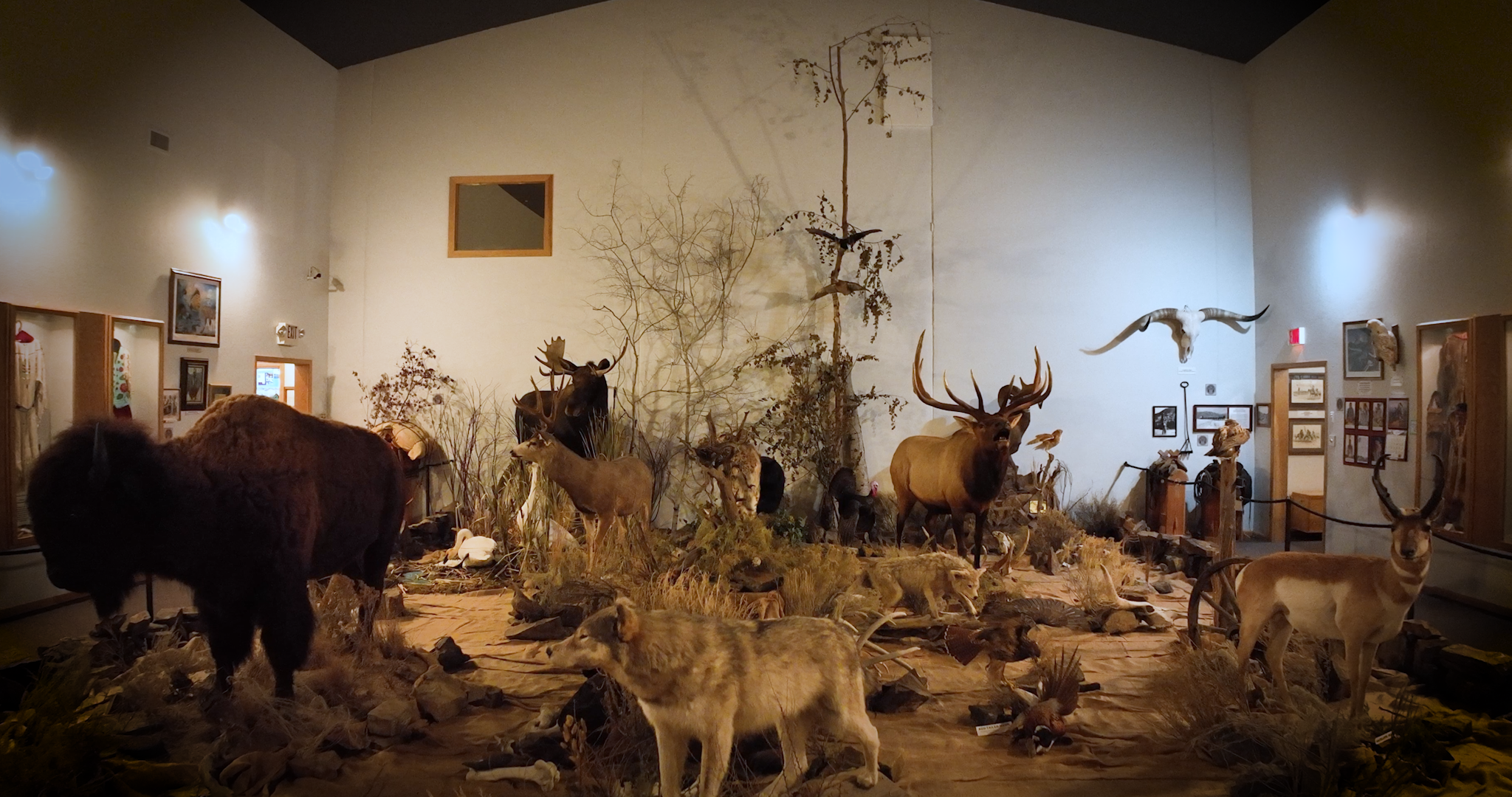
It’s a love that has earned him no small amount of recognition. Aside from the acclaim of the 8,000-plus-foot museum, Bud Cheff received the prestigious 2021 heritage award—which honors those who show “exemplary commitment, effort, and impact in identifying, preserving, and presenting Montana’s historical and cultural heritage for current and future generations”—from the Montana Historical Society. His work has been endorsed by numerous organizations and businesses, including the Whitefish Credit Union, which supports the museum and its mission to discover, preserve, and protect the history and culture of the Flathead Reservation and early Montana. (Thanks to the museum’s team, the credit union was also able to date a pair of moccasins on display at Polson’s branch back to the 1870s. The moccasins have since been donated to the museum.)
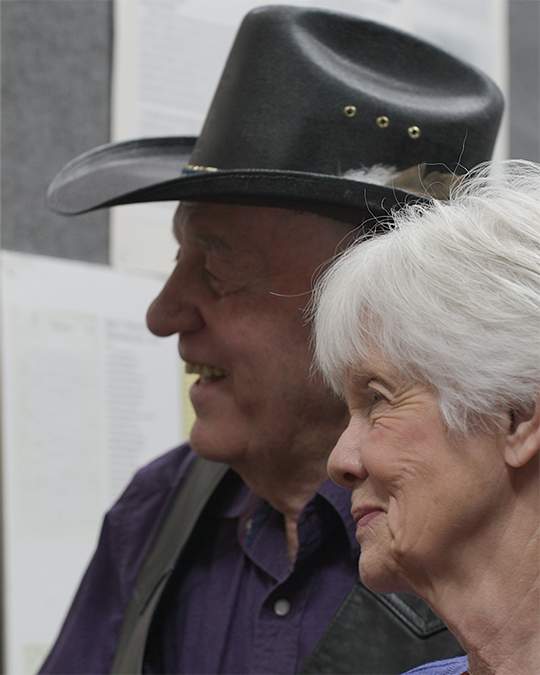 And, of course, there’s Bud’s wife. Quiet, soft-spoken, and yet very much a distinct presence—as much through her painting and her commitment and contribution—and sometimes overlooked.
And, of course, there’s Bud’s wife. Quiet, soft-spoken, and yet very much a distinct presence—as much through her painting and her commitment and contribution—and sometimes overlooked.
“My mom is in the background and probably the administrative end of it very much, you know,” says Jo. “She was like the puppeteer behind the curtain doing things. Dad’s a dreamer out there. She’s gotta bring him back to Earth and say, ‘This is what we can do, and this is what we can’t do.’ But she’s also very creative in her own way, and you saw thought through her artwork.”
But if Montana and Flathead’s history is Bud’s first love, Laurel comes in a very close second.
While she paints, working on an oil piece of tall, elegant trees, you can hear Bud in the background. “You’ve been taking care of me for 62 years. She has a hard time keeping me out of trouble.”
Laurel continues painting, turning her face just enough to smile and respond, “We work well together, fortunately.”
Ninepipes Museum isn’t just about the past, though.
It’s a means of reminding both the community and visitors about the importance of preserving our histories, not just those ties to the past, but protecting them and their stories, lessons, and how each of us came to be there. A sinewy thread—whether it’s through old photographs, Bud’s stories, or the artifacts of lives, histories, and past mistakes—connects us all. Museums and other historical sites remind us of those strings that have tied us to each other in so many different ways. Of loves, hurts, art, and storytelling. Of lives, wildlife, and our human and intrinsic tie to the land. And if you listen closely, you can hear, deep down, the heart of the planet with its low, nearly inaudible heartbeat.
“Hopefully, there’s something about it that touches something intrinsic in people,” says Jo. “The value is there. It’s important. Maybe you can’t really put a word to it.”
In some ways, museums like Ninepipes are tangible proof of that connection that ties us all to the planet and our history on it.
And that might be the story we sometimes forget.
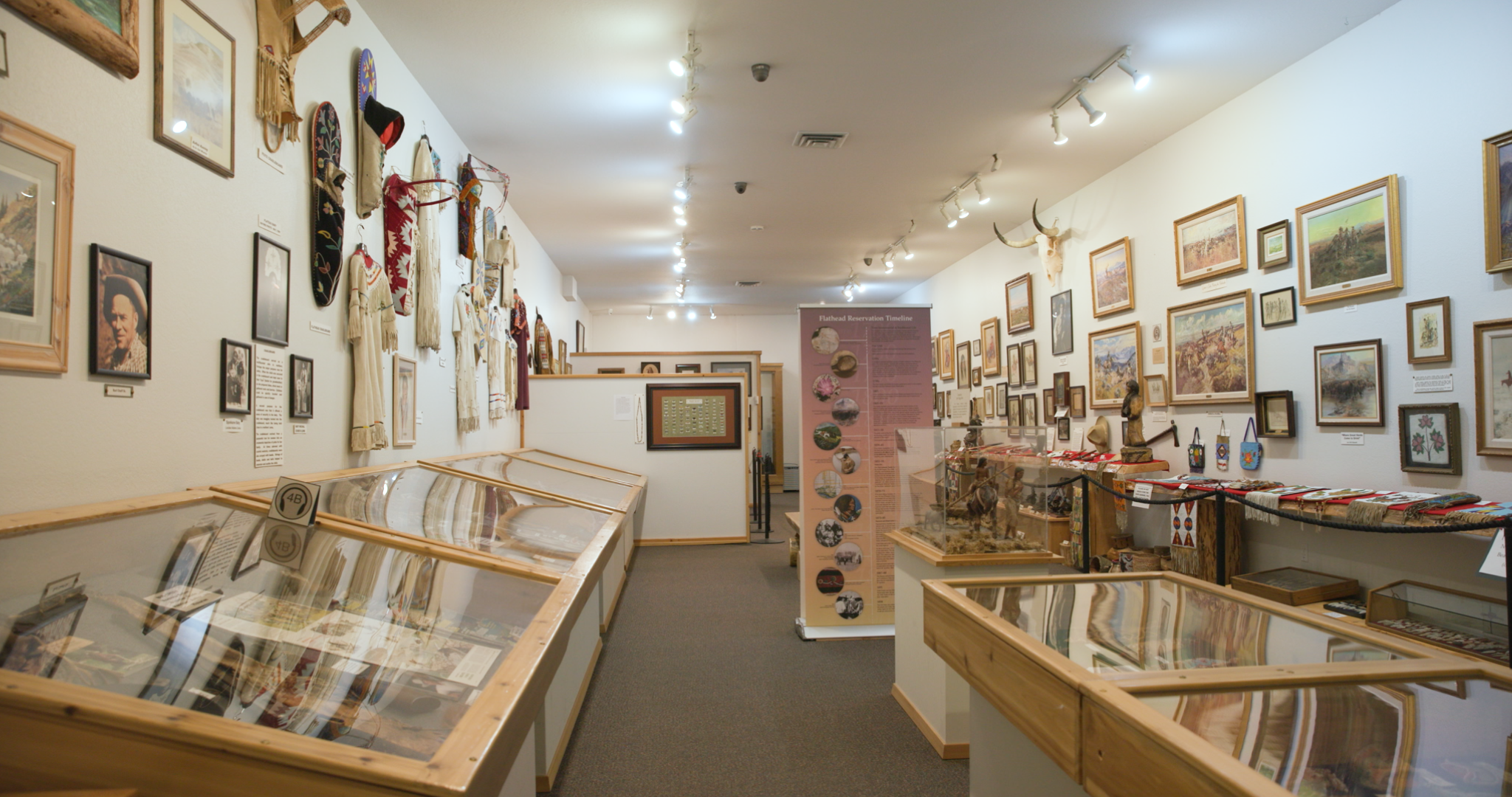
For more information on the Ninepipes Museum, Flathead’s history, and more of Bud’s stories, visit here.
For members like you.
Because what we do pays dividends.
